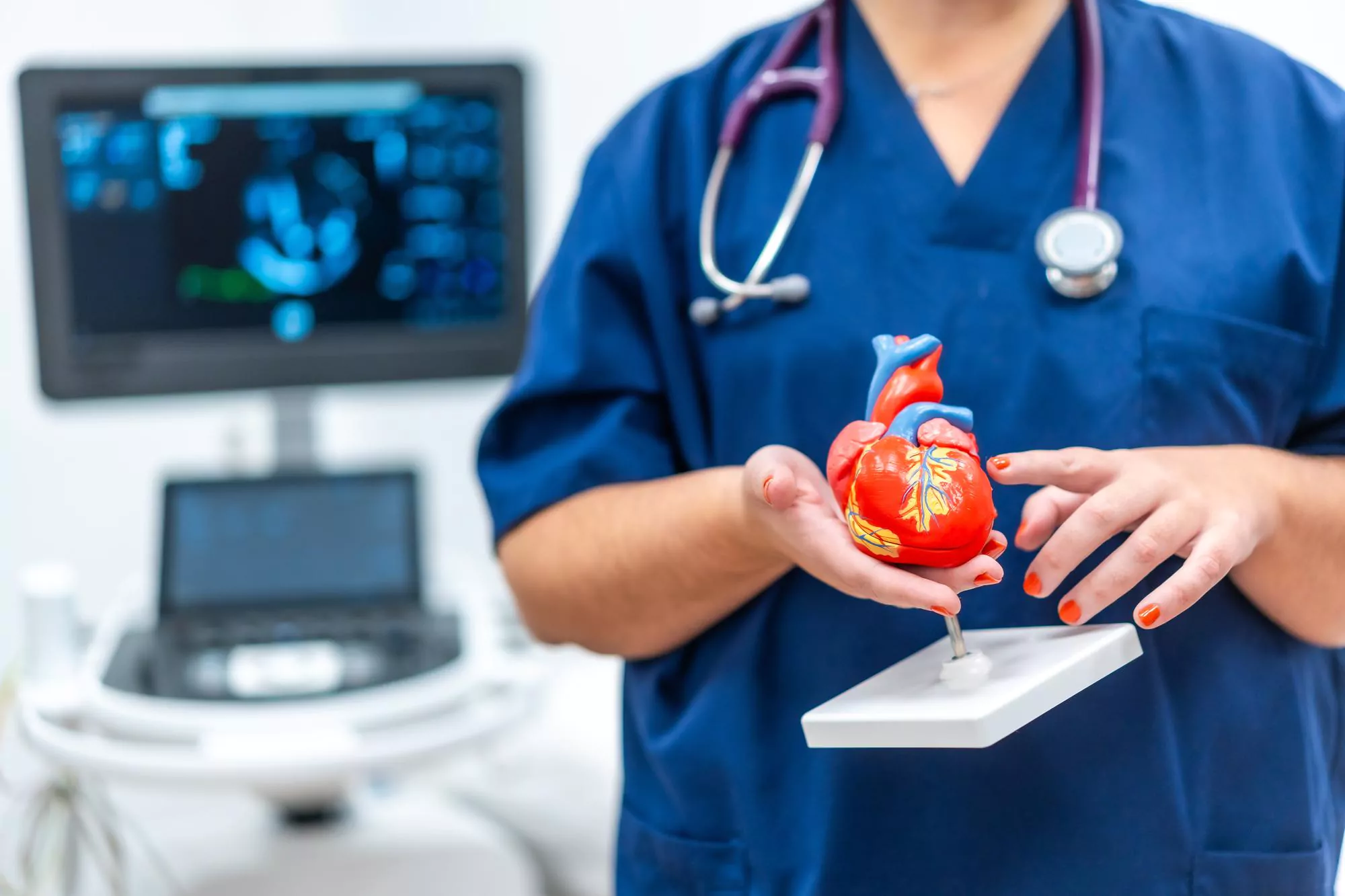Keywords
1. Myocardial infarction
2. Mesenchymal stem cells
3. miR-133a-3p
4. Exosomes
5. Cardiac repair
A new wave of hope has emerged for patients suffering from acute myocardial infarction (AMI), commonly known as a heart attack, thanks to groundbreaking research from Nanjing Medical University in China. This recent study, published in the reputable journal ‘Zhonghua Xin Xue Guan Bing Za Zhi’ with DOI 10.3760/cma.j.cn112148-20231008-00243, unveils a revolutionary biotherapy that could significantly enhance heart repair post-infarction.
The study is centered on exosomes – small extracellular vesicles loaded with molecular tools – derived from mesenchymal stem cells (MSCs) which have been engineered to overexpress a particular microRNA, miR-133a-3p. Researchers Sun L, Zhu W, Zhang J, Zhao PC, Zhu YQ, and Zhang FX from the Department of Cardiology at the First Affiliated Hospital of Nanjing Medical University, together with Zhu WW from Xuzhou Central Hospital, have delved deep into the potential of these bioengineered exosomes.
Objective
Understanding the mechanisms involved in cardiac repair following a heart attack is paramount to developing therapeutic strategies. This study aimed to investigate the efficacy of miR-133a-3p enriched exosomes derived from MSCs in promoting myocardial repair in a rat model of AMI.
Methods
The research employed an array of cutting-edge laboratory techniques to create MSCs loaded with miR-133a-3p. These cells were then induced to release exosomes packed with the target microRNA. Rats that experienced induced AMI were treated with these engineered exosomes, enabling the scientists to observe the effects on myocardial repair.
Results
The findings, which were nothing short of extraordinary, showed that rats treated with the miR-133a-3p enriched exosomes had a significant improvement in various cardiac parameters. These included an increase in left ventricular function and stroke volume, both central to maintaining robust cardiac output. Further microscopic analysis revealed that the treated hearts displayed reduced fibrosis, a key contributor to heart failure post-infarction, along with a decrease in cardiomyocyte apoptosis – the programmed death of cells which exacerbates heart damage during AMI.
Conclusion
The conclusions drawn from this study are monumental. The administration of miR-133a-3p enhanced exosomes has the potential to set a precedent in cardiac therapeutics by promoting myocardial repair and improving cardiac function after AMI. This research not only paves the way for novel treatments for heart disease but also exemplifies the incredible potential of regenerative medicine.
The Full Study In-Depth
Researchers at Nanjing Medical University conducted a detailed study to assess the therapeutic potential of MSC-derived exosomes, a relatively new player in the field of regenerative medicine. MSCs are multipotent stromal cells that can differentiate into a variety of cell types, including those that comprise cardiac tissue. The use of microRNAs, which are small non-coding RNA molecules, has been a growing interest in understanding the regulation of gene expression during disease and repair processes. Specifically, miR-133a-3p has been linked to the regulation of myocardial hypertrophy and fibrosis – factors directly involved in cardiac repair mechanisms.
The scientists exploited this connection by manipulating MSCs to produce and release exosomes with an increased level of miR-133a-3p. These exosomes were then isolated and administered to a New Zealand Sprague-Dawley rat model which had been subjected to surgically induced AMI.
Using echocardiography, they were able to measure improvements in left ventricular function. Molecular assays demonstrated a decrease in scar tissue formation (fibrosis) and reduced rates of apoptosis. This orchestrated symphony of healing responses indicated that the treated rats experienced a marked recovery in cardiac function.
The positive outcomes from this study suggest that these engineered exosomes could modulate the cellular environment of the injured heart, promoting repair mechanisms essential for functional recovery post-AMI.
Implications for the Future of Cardiac Care
The implications of this research are immense, as current treatments for AMI are limited and often leave patients with reduced cardiac function. Stem cell therapy has been a promise yet to live up to its full potential, mainly due to the challenges of cell engraftment and survival. However, leveraging the therapeutic benefits of MSC-derived exosomes circumvents these issues by providing a cell-free method of delivering beneficial factors directly to the damaged myocardium.
This breakthrough in regenerative medicine indicates a shift towards more effective, bioengineered treatments that could drastically improve the quality of life for heart attack sufferers worldwide. The potential for clinical application will require further research, including large-scale animal studies and ultimately, human clinical trials. However, the results thus far are heralding a new era in the management and treatment of heart disease.
With dedicated funding from the National Natural Science Foundation of China (grants 81901410, 81871113) and the Natural Science Foundation of Jiangsu Province (grant BK20201489), this team has not only brought fresh insight into the utility of MSC-derived exosomes but also given fresh optimism to researchers and patients alike about the future of cardiac repair.
References
[1] Sun L, et al. (2024). Exosomes derived from miR-133a-3p engineered mesenchymal stem cells promote myocardial repair in rats after acute myocardial infarction. Zhonghua Xin Xue Guan Bing Za Zhi, 52(1), pp.72-78. DOI: 10.3760/cma.j.cn112148-20231008-00243.
[2] Bang, C., et al. (2014). Cardiac fibrosis: Cellular and molecular contributors and mechanistic insights. FEBS Letters, [online] 588(8), pp. 1405–1416. DOI: 10.1016/j.febslet.2013.12.020.
[3] Ibrahim, A.G., et al. (2014). Mesenchymal stem cells: Cell therapy and regeneration potential. Journal of Tissue Engineering and Regenerative Medicine, [online] 13(9), pp. 1749–1755. DOI: 10.1002/term.2914.
[4] Pan, B.T., et al. (1985). Electron microscopic evidence for externalization of the transferrin receptor in vesicular form in sheep reticulocytes. Journal of Cell Biology, [online] 101(3), pp. 942–948. DOI: 10.1083/jcb.101.3.942.
[5] Thum, T., et al. (2012). MicroRNAs in the human heart: A clue to fetal gene reprogramming in heart failure. Circulation, [online] 116(3), pp. 258–267. DOI: 10.1161/CIRCULATIONAHA.106.687947.
In the evolving landscape of cardiac therapeutics, research such as this serves as a hallmark in the relentless quest to conquer heart disease. With further investigation, the dream of fully restoring heart function after an AMI could become an accessible reality for millions of patients worldwide.
